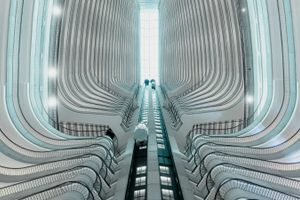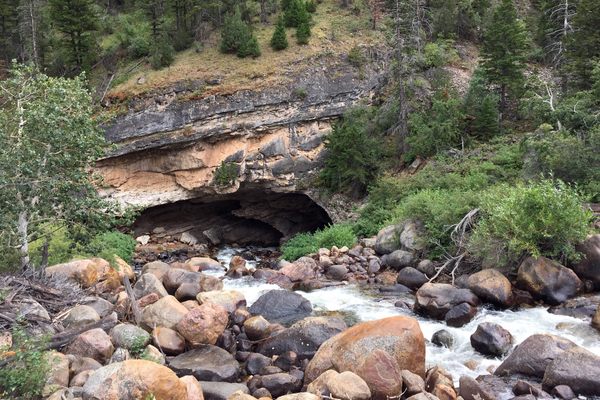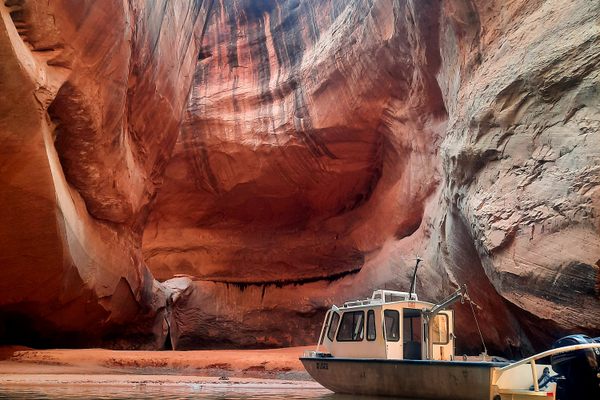About
Unlike most major cities, Atlanta is not built around a waterway, like a bay or river. Atlanta was founded around railways. And railways are best designed where there is minimal elevation change, such as along a hydrological feature known as a continental divide.
A continental divide is a ridge line dividing major watersheds in an area, and the Eastern Sub-Continental Divide runs right through Atlanta, by design. Although the well-known Chattahoochee is Atlanta's largest river, it was not central to Atlanta's founding. What was actually central to its founding was the terminus station of the Western and Atlantic railroad line. This was eventually shortened to Atlanta, the feminine of Atlantic, as the official name of the city in 1845, with many still using the nickname "Terminus."
With the Eastern Sub-Continental Divide running east to west through the city, any water that falls north of the divide will eventually make its way to the Gulf of Mexico; meanwhile, any water that falls south of the line will head to the Atlantic Ocean. Along Dekalb Avenue, which follows the ridge line east to west, is a little-known mural marking this unique hydrological feature.
Known as "Native Waters," this 350-foot mural depicts many of the largest rivers in Georgia as well as the native flora and fauna found along these waterways. The mural was a community project, led by muralist David Fichter, created in part to remind us of our vital connection to the natural world. Among the many features in the mural is a portrait of Horace King, a successful bridge builder who overcame slavery to build the first covered bridge over the Chattahoochee River, connecting Georgia and Alabama.
Related Tags
Know Before You Go
The mural is located at the intersection of Connecticut Avenue NE and Dekalb Avenue NE. For best views of the expansive mural cross Dekalb Avenue to view it from the railway line. You can also see it while headed east to west on MARTA between Edgewood-Candler Park and East Lake stations.
Community Contributors
Added By
Published
August 24, 2020
Sources
- http://www.davidfichter.com/muralPortfolio/?subCat=environmental&setID=328&setName=The%20Water%20Science%20Mural#Native%20Waters
- https://www.ajc.com/news/local/there-more-than-graffiti-dekalb-avenue/qQZYP4Hmybdc2KhKrsP1GL/
- https://www.atlantaga.gov/visitors/history
- https://www.georgiaencyclopedia.org/articles/counties-cities-neighborhoods/atlanta











































